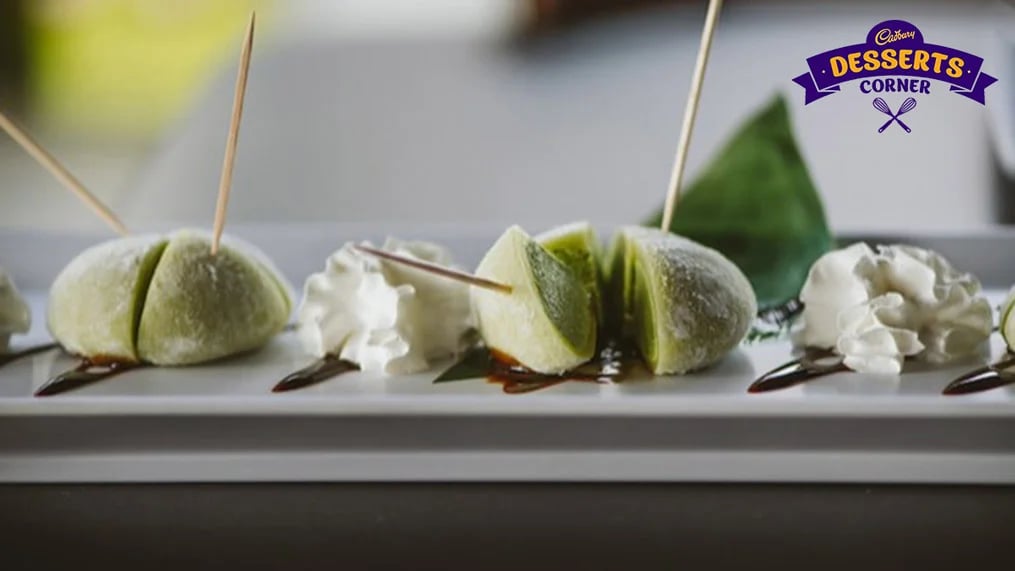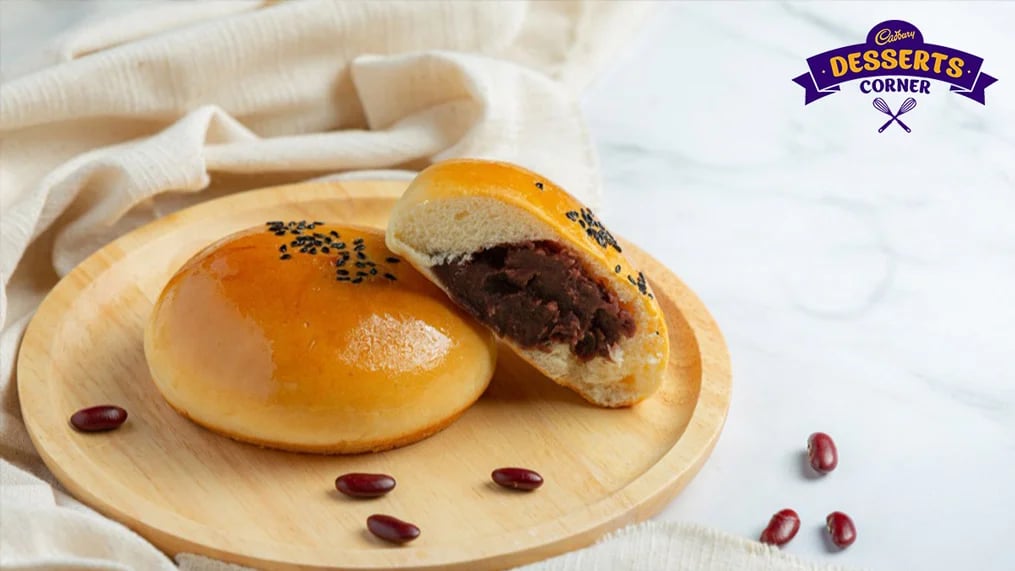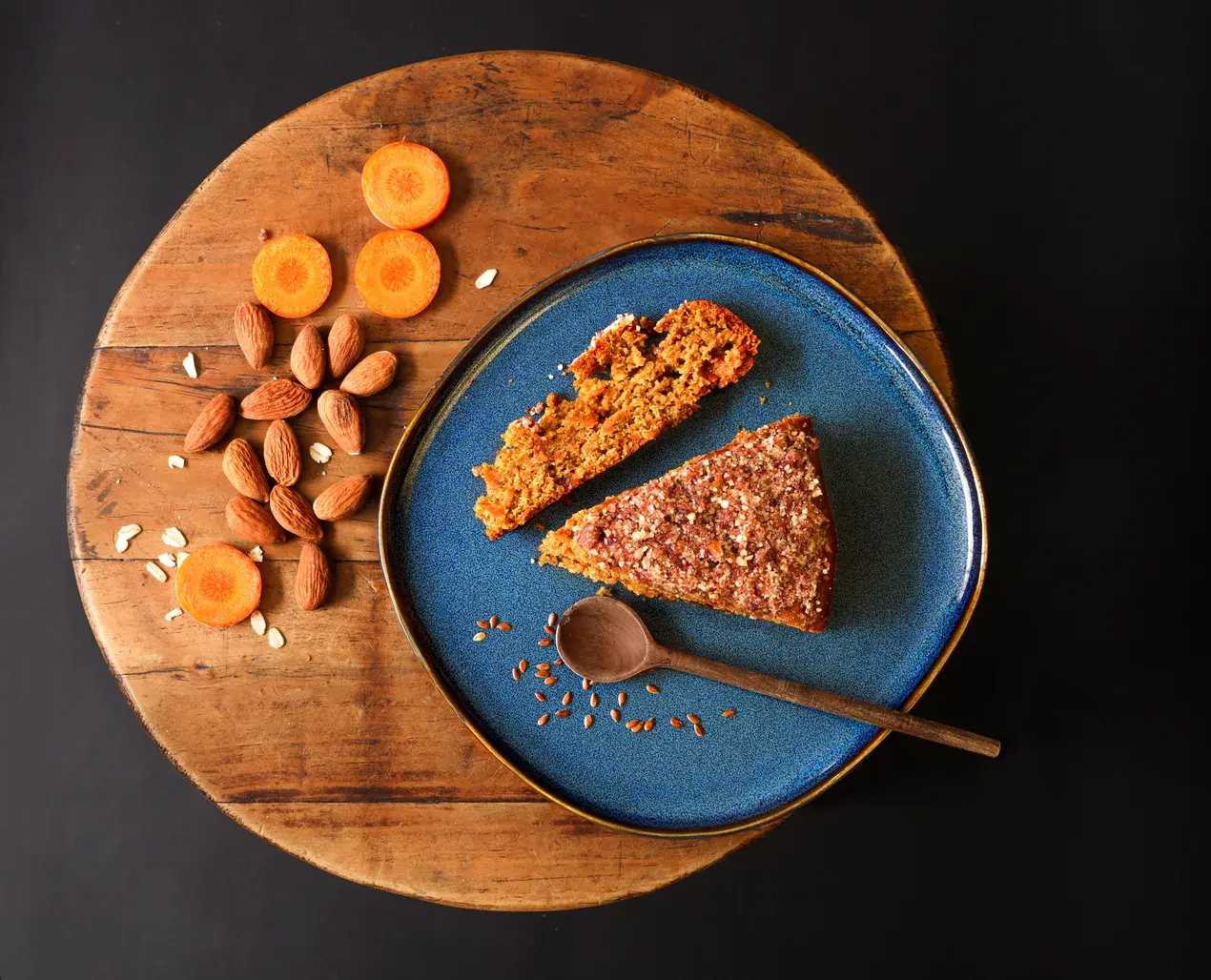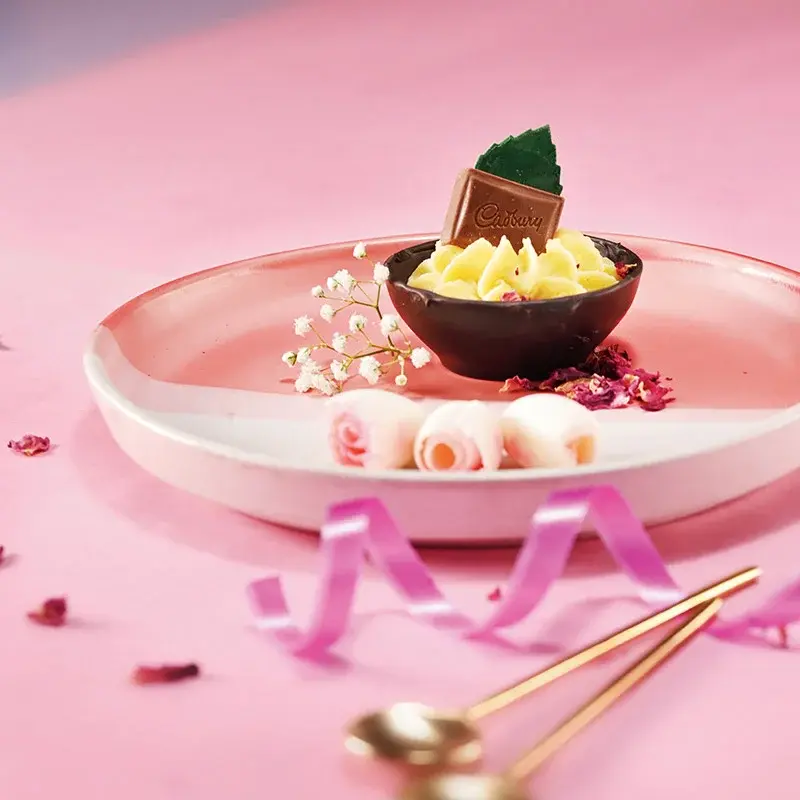Pan Asian cuisine has a sea of regional components and here are some desserts that pair best with Pan Asian food

Pan-Asian cuisine is one of the most adaptable cuisines in the world. Though it’s celebrated for its indigenous elements with flavors, ranging from the spicy notes of Sichuan cuisine to the delicate subtleties of Japanese dishes, it offers enough room for modern switch-ups. The cuisine places a strong emphasis on umami, the fifth basic taste, which adds depth and savoriness to dishes. Ingredients like soy sauce, fish sauce, and fermented products contribute to the umami richness.
The cuisine tends to incorporate a balance of flavors, including sweet, salty, sour, and spicy elements for a well-rounded culinary experience. Needless to say, desserts which are featured in the cuisine are also quite versatile. The desserts which are ideal for pan Asian menus need a regional anchor and a contemporary flair; so they can make use of native ingredients like lemongrass, chilli peppers or citrus variants and be presented in an elegant, new-age fashion. Here are some desserts which are best for Pan Asian cuisine
Mochi

Originating from Japan, mochi is a unique and chewy dessert that has gained popularity worldwide. Made from glutinous rice, this treat is often stuffed with sweet fillings such as red bean paste, matcha, or ice cream. Mochi's subtle sweetness and distinctive texture make it an ideal dessert for the bold and varied flavors of Pan-Asian cuisine. The chewiness of mochi provides a delightful contrast to the crispy, spicy, or creamy elements found in dishes from different regions.
Buko Pie
This Filipino desserts is actually a baked coconut pie which is made with young coconuts. Pineapple, mango, lychee, and coconut are just a few examples of the fruits that can be utilized to craft refreshing and palate-cleansing desserts that go with Pan-Asian cuisine. Whether in the form of sorbets, fruit salads, or exotic fruit tarts, these desserts bring a burst of natural sweetness. Coconut desserts, such as coconut flan, coconut sorbet, or coconut sticky rice, offer a sweet and velvety conclusion to the dining experience and also complements the bold and spicy notes of Pan-Asian cuisine.
Sesame Sensation
Sesame seeds are a staple in many Pan-Asian cuisines, and add a nutty and aromatic flavor profile. This goes especially well in desserts since most palates crave sweetness after a savory meal. The deep, toasty flavors of sesame help enhance lighter flavor notes. Utilizing sesame in desserts introduces a rich and earthy element that ties in beautifully with the overall culinary experience. Sesame-based treats such as sesame cookies, or sesame seed brittle provide a satisfying contrast to the savory dishes. The deep, toasty flavors of sesame create a memorable conclusion to the meal.
Milk Tea Custard
Tea is a revered beverage in many Pan-Asian cultures, and incorporating its delicate flavors into desserts adds a touch of elegance. Green tea, jasmine tea, and oolong tea can be infused into custards. These tea-infused delights offer a gentle sweetness that complements the aromatic spices and bold flavors found in dishes across the Pan-Asian spectrum.
Red Bean Reverie

Red beans is a common ingredient in many Asian desserts, and it lends a subtle sweetness and a creamy texture to various dishes. Red bean paste is often used in pastries, buns, and dumplings, and also in traditional Asian sweets. It has an earthy sweetness that’s also slightly pungent and it can be cooked down quite easily to be used as fillings in crepes and sweet buns.
Coconut desserts, such as coconut flan, coconut sorbet, or coconut sticky rice, offer a sweet and velvety conclusion to the dining experience, perfectly complementing the bold and spicy notes of Pan-Asian cuisine.
Yuzu-Floral Combinations
The reason yuzu is so popular in Pan Asian or modern Asian menus is because of its flavor profile. Despite its classic citrus notes, it also offers a burst of freshness so its tartness is balanced perfectly. Infusing floral accents in yuzu desserts like tarts or possets, can make the dessert even lighter and more elegant in taste. Yuzu-infused cheesecake with a citrus glaze or yuzu curd-topped lemon bars are one of the most widely featured dessert items in modern Asian menus and showcase the marriage of East and West.
Like This Article?
More Like This
Popular Articles





Trending Web Stories
Curated Recipes
















